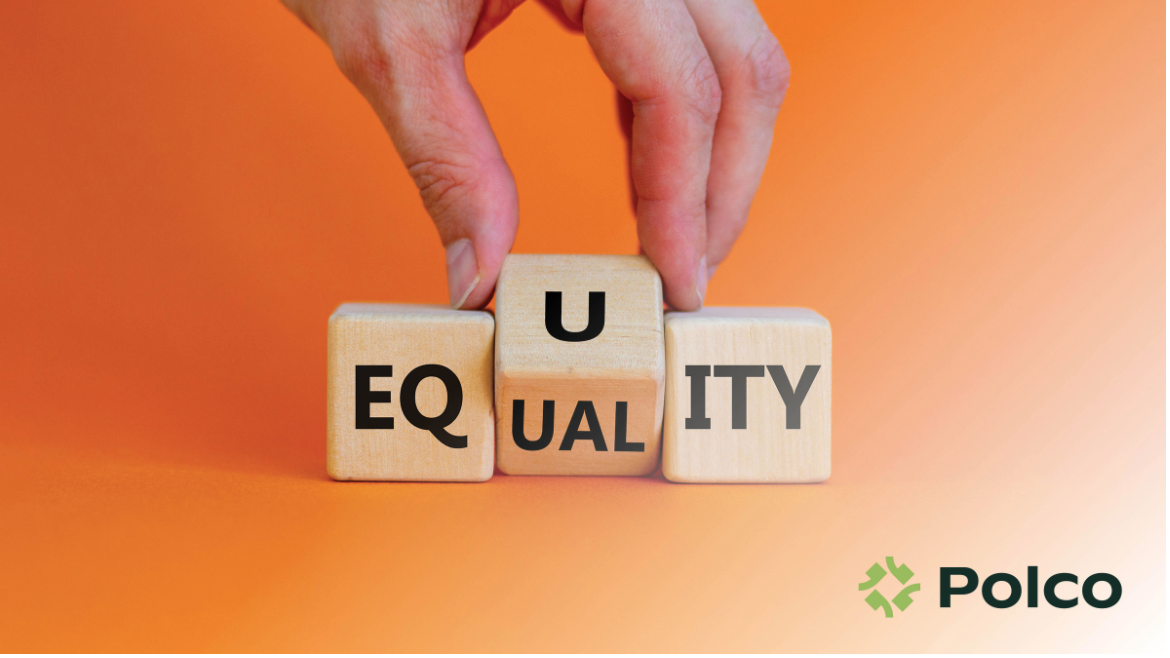How Community Feedback Drives Economic Success With ARPA Funds
By Polco on July 23, 2021

-Webinar facilitated by Matt Fulton-
As local government leaders begin to leverage American Rescue Plan Act (ARPA) funds, Treasury guidelines remind us that this resource has “potential to catalyze broader economic recovery and rebuilding.” ARPA presents a historic opportunity for cities, towns, and counties to make a lasting economic impact - one that every leader wants to get right.
The good news is community input can make the ARPA budgeting and decision-making process far more effective and successful for economic recovery and beyond. But how?
To find answers, we spoke with Mike Wallace, Program Director for Community and Economic Development with the National League of Cities (NLC). We also spoke with Terri Takata-Smith, Vice President of Marketing & Communications for Downtown Boulder Partnership. Last we spoke with Michelle Kobayashi, Senior Vice President of Innovation with Polco.
These leaders have expertise that includes how to best prioritize and allocate funds for ARPA-related initiatives and how to engage residents on budget and economic issues.
Polco’s Vice President of National Engagement Matt Fulton facilitated conversations with these experts about how best to measure performance, track spending, and evaluate programs. They also share more information about Polco’s new ARPA Engagement Package.

The ARPA Program
ARPA provides $65 billion of direct aid to cities over two years.
“ARPA creates a lot of opportunities. But dollars come with a lot of responsibility too. Congress is relying on local governments to do their part to help with economic recovery,” said Wallace.
The Treasury urges local governments to engage residents and stakeholders to assess community needs. This will help communities develop a more intentional plan for how to best spend the funds.
Additionally, the Treasury requires governments to maintain records and document the impact of ARPA funding for several years.
“Local governments are overburdened right now. Cities are asked to do a lot at a time they are least equipped to do so. That’s where Polco’s ARPA Engagement Package comes into play. It helps you provide what the Treasury needs so you can do the deep community engagement and documentation that the Treasury is requiring,” said Wallace.
By using the tools in the ARPA Engagement Package, Polco and NLC will be able to track data nationally to be able to determine which activities produce the best outcomes. These best practices can inform future work.
One Community’s Story
During the early days of COVID-19, Downtown Boulder Partnership (DBP) was able to successfully engage residents to chart a path forward. The organization offers lessons to other communities on how to best spend ARPA funding.
DBP is a 501(c)6 nonprofit / membership-based organization that promotes the civic, economic and commercial vitality of downtown Boulder, Colorado while helping preserve its historic and cultural environment.
“We are so grateful for the work we were able to do with Polco when things were so crazy during the early days of COVID and no one knew which direction we were going,” said Terri Takata-Smith, Vice President of Marketing & Communications for DBP.
For businesses in Boulder, Colorado, everything came to a standstill in March 2020. By the end of April, DPB and its members wanted to figure out how best to move forward. They decided that they needed to gather as much feedback from the local community as possible to be able to help businesses make decisions about how to operate in the short-term.
DBP decided to use Polco’s COVID-19 Resident Readiness Survey. The team was able to gather just over 1,000 responses within a week. The organization was able to get such a large response by partnering with local organizations and the business community to get the word out.
The survey revealed that more than 70 percent of residents supported small businesses opening with restrictions. It also showed that residents wanted to know that masking and social distancing was being enforced.
“The Polco Platform was useful and user-friendly. The Dashboard provided an easy way for us to watch the survey data come in and present it to the business community. This helped them focus on what was important and get the research they needed to open successfully,” said Takata-Smith.
As a result of the survey, DBP was able to launch a marketing campaign focused on what businesses were doing to ensure safety.
“The survey helped provide us with a much needed roadmap. It provided a moment we could ground ourselves in research and facts,” said Takata-Smith.
The ARPA Engagement Package
Similarly to how Boulder conducted a survey to make more informed decisions about business reopening, the ARPA Engagement Package’s goal is to help communities best spend their ARPA funds. But how do we arrive at those decisions?
According to Polco’s Vice President of Innovation Michelle Kobayashi, the key is to involve residents.
“Involving residents is the best way to arrive at the best decisions,” said Kobayashi. “When you consider all the impacts of COVID as well as existing gaps and disparities, you realize there will be competing priorities and interest groups all via for funds. That makes it important to identify where the biggest needs are.”
In addition to assessing resident needs, it’s also important to continue to monitor progress.
“Not only is it a requirement to document the impacts of the funding, but also we want to let the Treasury and residents know how successful we have been in spending this money,” said Kobayashi.
The Package will allow communities to identify the largest community needs and disparities, prioritize initiatives, and evaluate performance. For example, The ARPA Needs Assessment Survey will help you identify the areas of community livability most in need of recovery funding. It also helps you identify disparities across groups in terms of various aspects of recovery.
The Community Index for ARPA Performance Evaluation allows you to assess the progress of your interventions. You can analyze if you increased or decreased disparities across groups. And you can gather data to see how well the intervention is working.
In addition to survey tools, the ARPA Engagement Package also provides a collaboration network called Polco Connect. This forum for local government leaders will allow you to share challenges and best practices. Polco and NLC will work together to compile best practices to help communities choose the most successful interventions in the future.
“COVID has turned our economies and lives upside down,” said Kobayashi. “As we look towards recovery, let’s make the best decisions for our communities with these ARPA funds.”
Related Articles
- ARPA Local Recovery Funds: What’s In It for Connectivity and Technology
- How Can You Create Your American Rescue Plan Act (ARPA) Recovery Roadmap?
- How To Guide American Rescue Plan Act Funds With Community Input
Popular posts
Sign-up for Updates
You May Also Like
These Related Stories

Allocating ARPA Funds? How Engaging Your Community Will Help

Community Equity and Allocating ARPA Funds
.jpg)
